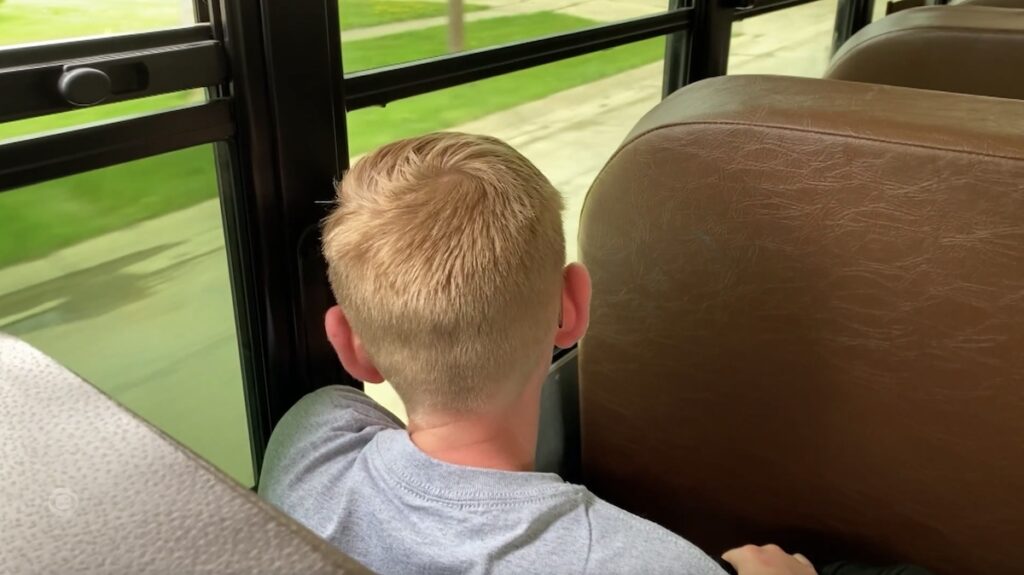
It takes courage to do the right thing and support other people. Through valiant efforts, anyone has what it takes to be a hero.

Make decisions based on rationality, ethics, and effectiveness.
Enthusiastic to understand more about themselves, others, and the world around them.
Make rational, ethical, and effective decisions to find the best solutions to problems.

Students will learn about bravery and valiant efforts from a group of students riding a bus when the bus driver has a medical emergency. They will apply these concepts to their own lives.






K-5
6-12

Educators: Copy the Family Connection and email it to parents, or click here to download a PDF version to email or print.
Watch
Discuss
Use these questions to start meaningful conversations about courage and valiant efforts.
Activity
Lesson contributed by Erinn Williams, West Louisville Elementary School, Owensboro, KY